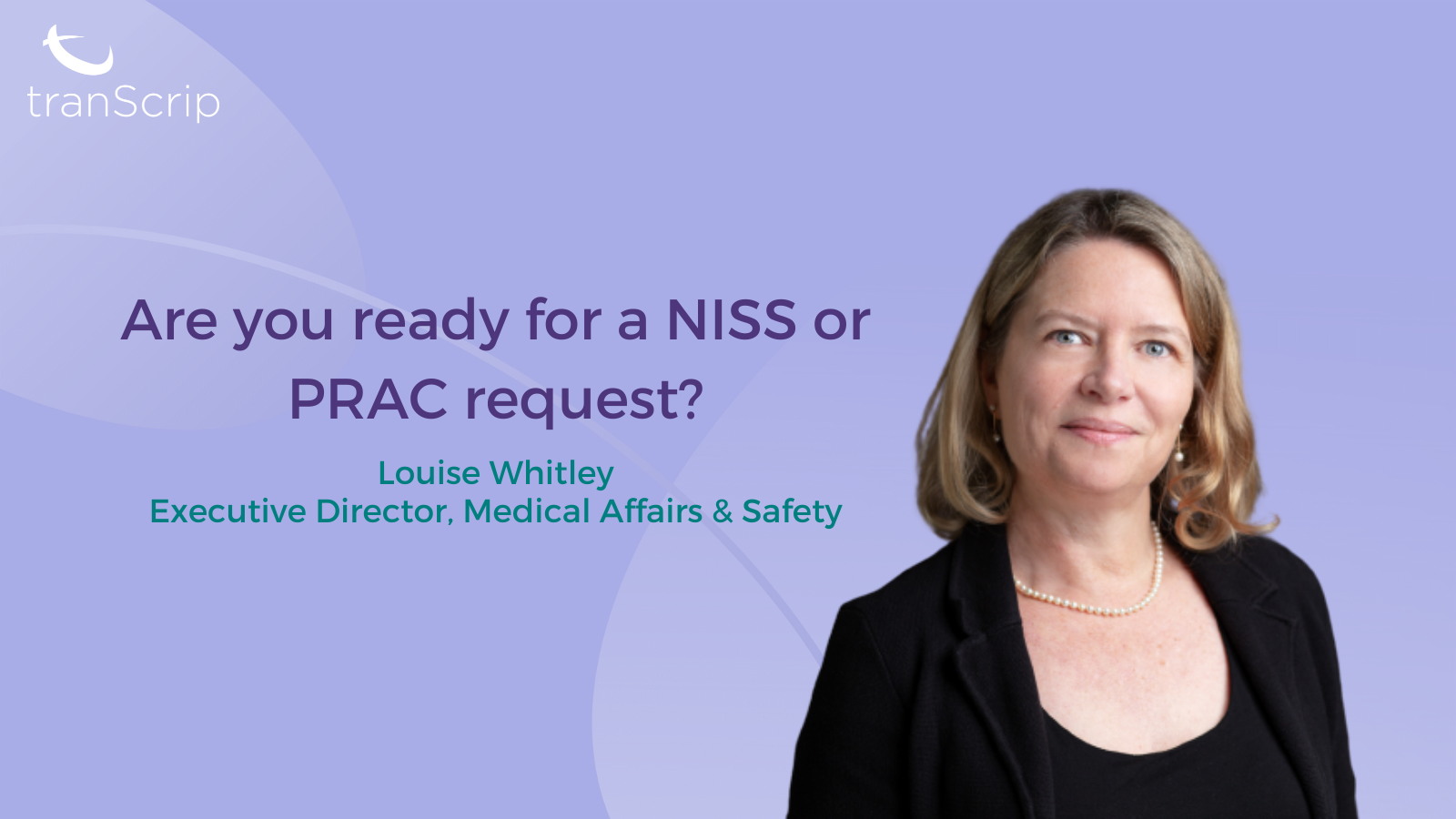
21 Sep 23
By Louise Whitley
Requests from global regulatory health authorities to provide information on potential safety signals can come unexpectedly and require significant resource to address optimally. Obviously, it is better to be proactive than reactive and we all hope that our signal detection activities mean that we will identify signals before external stakeholders and implement remedial action before we are requested to do so. But, for a number of reasons, signals or potential signals may come as a surprise.
If you receive a request to provide information on a potential safety signal or you are asked to make a change to your label that you do not agree with, what should you do? A thorough review of available data in a short timeframe may be onerous but is vital to minimise the risk of unwelcome changes to your product information. A well-written rebuttal can result in a health authority agreeing that no change to the label is required or it can give you the opportunity to propose more appropriate wording.
As global regulatory health authorities review the performance of their signal detection activities for marketed products, requests to marketing authorisation holders often increase. For example, in April 2020, the United States Food and Drug Administration’s (FDA’s) Center for Drug Evaluation and Research issued a new manual of policies and procedures (MAPP 4121.3) explaining its internal process for identifying, evaluating and resolving newly identified safety signals (NISS) for marketed drugs.[1] The new NISS process reflected the culmination of discussions, reviews and process amendments to improve signal management by the FDA and resulted in a large number of requests for information being sent to pharmaceutical companies. In the last quarter alone, the FDA was investigating the need for regulatory actions in relation to 18 potential safety signals affecting more than 70 products.[2]
At tranScrip, we routinely help our clients respond to global regulatory health authority requests for a wide range of information during all phases of drug development. We are well known for our work in early development, but we also assist with requests for marketed and established products. Internal resources are often stretched when an unexpected request is received for an established product, and we can step in and provide responses in these cases. We have successfully defended labels for established products following requests in relation to FDA NISSs, European Medicines Agency Article 30, 31 or 45 referrals, Pharmacovigilance Risk Assessment Committee (PRAC) requests and requests from other health authorities. Of course, not all requests from health authorities are bad news – we have also helped our clients obtain new or extended indications in response to the FDA’s Project Renewal initiative and requests from other authorities.
If you would like to talk about how we can help you to respond to regulatory health authority requests, please get in touch.
1. The United States Food and Drug Administration. Collaborative Identification, Evaluation, and Resolution of a Newly Identified Safety Signal (NISS). 2023. https://www.fda.gov/media/137475/download (accessed 08 September 2023).
2. The United States Food and Drug Administration. January – March 2023 | Potential Signals of Serious Risks/New Safety Information Identified by the FDA Adverse Event Reporting System (FAERS). 2023. https://www.fda.gov/drugs/questions-and-answers-fdas-adverse-event-reporting-system-faers/january-march-2023-potential-signals-serious-risksnew-safety-information-identified-fda-adverse (accessed 08 September 2023).
Our physicians, scientists and service experts can help to maximise the value of your products. Whatever your project requires, we have the people to meet your needs.